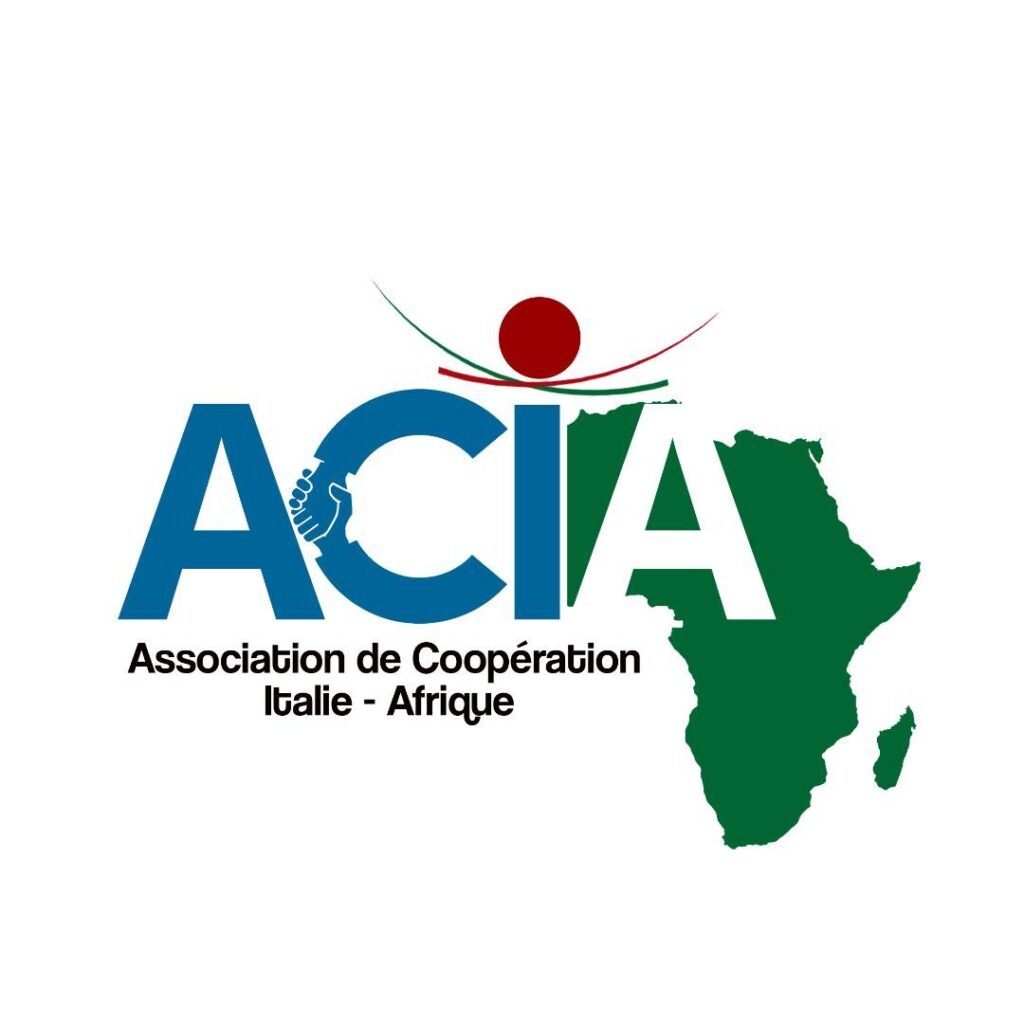Bagamoyo Port: The US$10 Billion Investment That Will Transform East Africa
Introduction
With an investment of 10 billion and a planned capacity of 20 million containers per year, the Port of Bagamoyo in Tanzania is set to become the hub of African maritime trade, surpassing historical competitors such as Mombasa (Kenya) and Durban (South Africa). Financed mainly by China Merchants Port Holdings e Oman's State General Reserve Fundthis epoch-making project is not just an infrastructure, but a symbol of China's growing influence in Africa and Tanzania's vision of becoming a global logistics hub.


This article explores the technical, economic and geopolitical aspects of the port, analysing how a project of this magnitude can redefine regional balances, generate thousands of jobs and address challenges such as environmental sustainability and international competition.
Historical Background: 2013 to Today
The Origins of the Project
The Port of Bagamoyo project was born in 2013 with a framework agreement between Tanzania, China and Oman, followed by a tripartite Memorandum of Understanding (MoU). The aim was to create a deep-water port capable of handling state-of-the-art ships, integrated with a Special Economic Zone (SEZ) and rail connections to the interior of the continent.

Stops and Restarts
- 2015: The contracts for Phase 1 were signed, with former president Jakaya Kikwete promising completion within three years.
- 2019: President John Magufuli suspends the project, accusing China of imposing "exploitative terms"including excessive tax exemptions and compensation for operating losses.
- 2021: President Samia Suluhu Hassan relaunches the negotiations, describing them as 'a national priority'.
- 2025: Work officially begins, with an initial budget of TZS 22 billion (approximately USD 9.5 million) allocated by the Tanzania Ports Authority.

Technical Features and Capabilities
A Giant of the Seas
- Dimensions20 million TEU (20-foot equivalent containers) per year, 25 times the capacity of the port of Dar es Salaam.
- Construction Phases10 years in total, with the first phase involving two docks for ships from 8,000 TEUexpandable up to 25,000 TEU.
- Related Infrastructure:
- Rail links with the Tanzania Central Railway to serve landlocked countries such as Uganda, Rwanda and DR Congo.
- A SEZ with 760 industrial plantsintended to transform Bagamoyo into a manufacturing hub.
Comparison with Mombasa
The Kenyan port, currently the busiest in East Africa, handles 600,000 TEU/yearwith inefficiency costs estimated at USD 2.6 billion annually for neighbouring countries. Bagamoyo, with its superior capacity and advanced technologies, aims to reduce these losses and compete globally.

Economic and Social Impact
Benefits for Tanzania
- GDP growth: Estimated increase of 3-5% annual thanks to increased exports and investments in the SEZ.
- Employment: Beyond 100,000 jobs expected direct and indirect, between construction, logistics and industry.
- Dar es Salaam decongestion: The existing port, which handles 80% of Tanzanian traffic, is operational at 120% of capacitycausing delays and additional costs.
Regional Opportunities
- Services in Landlocked VillagesRwanda, Burundi and DR Congo can reduce transport costs by 30%accelerating the economic integration of East Africa.
- Reducing Dependence on Mombasa: Currently, 90% of Rwanda's trade passes through Kenya, a dynamic that Bagamoyo could reverse.
China's Strategy in Africa: Beyond the Port
Belt and Road Initiative (BRI)
Bagamoyo is part of the New Maritime Silk Roadwith which China aims to control strategic trade routes and access natural resources. With investments in ports such as Hambantota (Sri Lanka) e Gwadar (Pakistan)Beijing consolidates its presence in East Africa, where it already operates the Port of Doraleh (Djibouti).
Commercial Interests
- Access to Resources: Tanzania is rich in natural gas, minerals and rare earths, crucial for China's technology industry.
- Political Influence: China is Tanzania's main trading partner, with bilateral trade assessed 7 billion dollars/year.

Challenges and Criticalities
Financial and Environmental Risks
- Public DebtTanzania has an external debt of 29.5 billion dollarswith 20% due to China. Critics fear a 'debt trap' as in Sri Lanka.
- Ecological Impact: The construction threatens coastal ecosystems and historical sites, including the ancient city of Bagamoyo, a UNESCO heritage site.
Political Tensions
- Regional CompetitionKenya has started the expansion of the port of Lamu, while Ethiopia aims to upgrade Djibouti.
- Local ProtestsFishing communities and farmers complain about land expropriations without adequate compensation.
Future Perspectives: Towards 2045
By 2045Bagamoyo could become the Africa's first port by volume of goods, driving the growth of the African Continental Free Trade Area (AfCFTA). However, success will depend on:
- Transparency in ContractsAvoid opaque clauses that have caused previous failures.
- Multilateral CollaborationInvolving organisations such as the World Bank and the AU to balance Chinese influence.
- Technological Innovation: Integrating blockchain and AI to manage logistics in real time.
A Bridge between the Past and the Future
The Port of Bagamoyo is not just an infrastructure, but a testament to African resilience. From the scars of the slave trade, Bagamoyo ('leave the heart' in Kiswahili) could be reborn as a symbol of hope, proving that Africa can compete on an equal footing in the global market.
- Investors: Explore opportunities in the SEZ, with tax incentives up to 50%.
- African GovernmentsStrengthen regional partnerships to maximise logistical benefits.
- CitizensParticipate in training programmes to compete in an increasingly specialised labour market.






